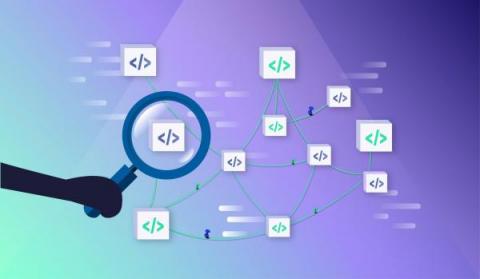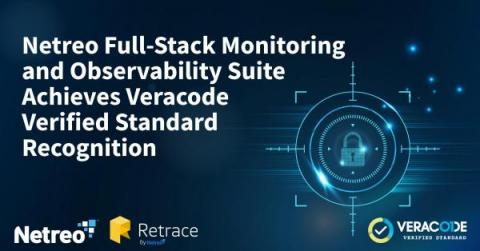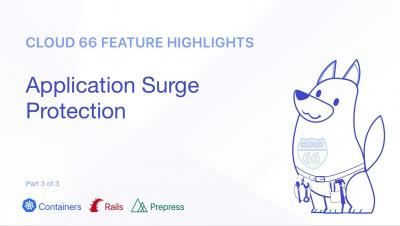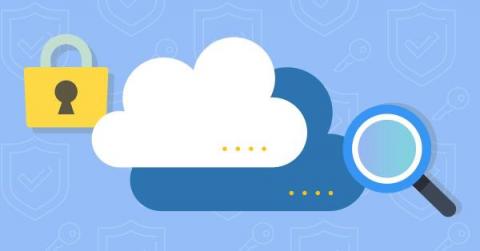Lightrun For Application Security - Detecting, Investigating and Verifying Fixes for Security Incidents Using Lightrun
Cover major milestones in app security: finding the issue, evaluating a breach, proving it and validating the fix. We didn’t design Lightrun for this task, but it rises to the challenge. I’m not a security expert. I’d like to think of myself as a security conscious developer, but this is a vast subject with depth and breadth. What I understand is Lightrun and Debugging. In that capacity, I can show some creative ways you can use it as a security tool.











